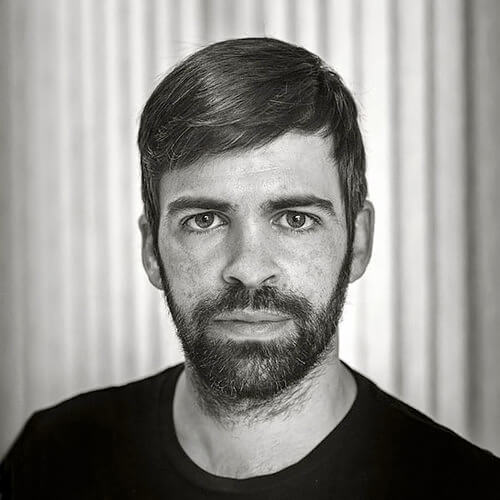Joris Hermans is a freelance documentary and travel photographer based in Belgium. In February of 2018, after winning a Nikon Press Photo Award in his country, he decided to leave his home behind and travel the world indefinitely. He tries to capture countries and people inbox ways no traveler does and documents everything on THE WORLD AHEAD OF US. He's still accepting freelance assignments.
Joris' work has been featured on LifeFramer, Don't Take Pictures, PDN, Booooooom, Aint-Bad Magazine, Positive Magazine, GUP Magazine and Fotoroom Magazine. He was a finalist for the Renaissance Photography Prize and selected for the Kontinent Awards. He was a category winner of PDN World in Focus in 2015 and Nikon Press Photo Awards in 2016/2017.
People
Being pretty disappointed by today's travel photography, I decided to try and make a change. For me, traveling is not about selfies and "Instagrammable" places but about the people, stories and experiences. People make a country interesting and since I left to travel indefinitely more than one year ago, I've been focusing on the people in every country. Regular people I meet and who share me their story or with whom I have a quick chat in the streets are the stars in my portrait photos. it doesn't matter. They're all special.
I try to take my medium format camera everywhere I go because I know an interesting person might pop up any where, any time. I hope one day, I can create a book with all these interesting faces and their stories.
This is Varanasi
In 2018, I spent two months traveling across India. It's become one of my favourite countries in the world. The history, culture and people inspired me every day I was there. Then, I arrived in Varanasi and it was the highlight of my time in India.
Varanasi or Benares is the Holy Grail of India according to many travelers. It's one of the oldest cities in the world sitting on the banks of the river Ganges and that's exactly why it's so important to Indians. Everybody wants to die in Varanasi and/or be cremated on the banks of the holy river.
After the cremation, the ashes are being sprinkled in the river and that's when the deceased reaches Nirvana. From all over India people travel to Varanasi; to die or to bring the dead, sometimes even with the corpse on ice in the trunk of a car... Life and death are not that far apart in India...
The Ghats that lead up to the river is what I wanted to see. That's where the locals are and where they play cards and cricket or just relax in the evening. And that's exactly what we did too every evening when the sun started to set; just relax at the ghats of Varanasi. The light turned into a magical glow again like everywhere in India went the sun goes down and as a photographer it's an awesome few hours to be out...
Selected Books on

